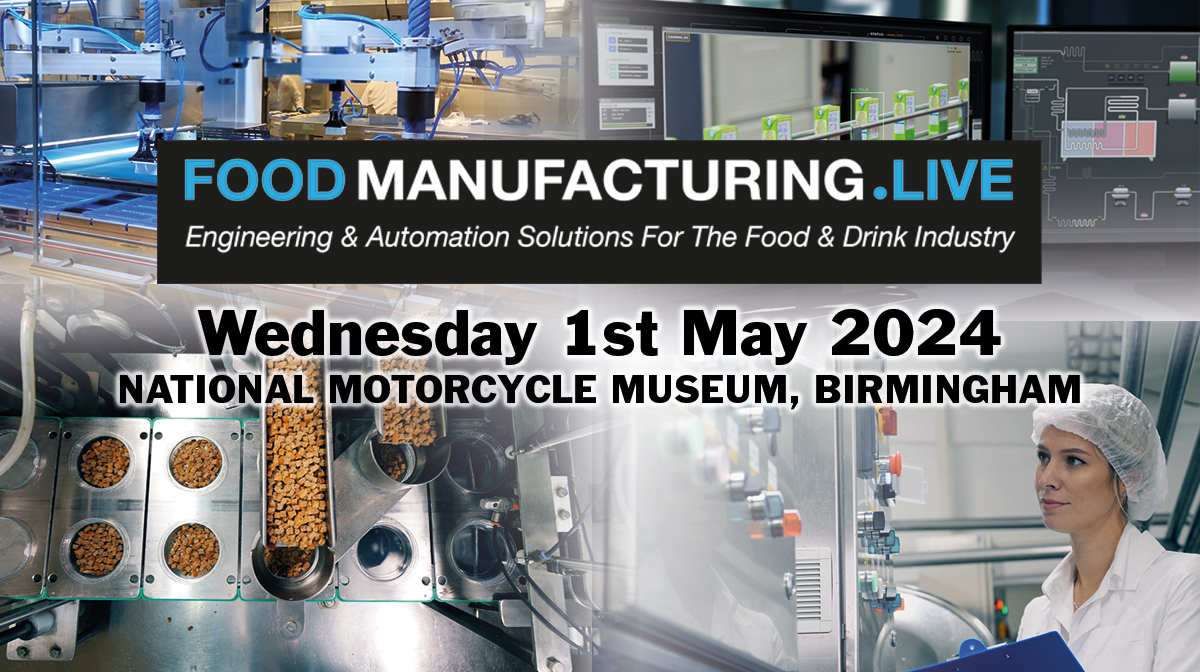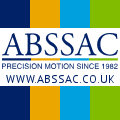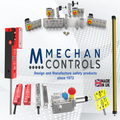
Posted to News on 25th Jun 2018, 00:00
Top tips for calculating total cost of ownership
With asset optimisation key, Mark Maher of Eriks offers his top tips on whether to repair or replace.

To repair, or to replace? That is the question. At least, it is for manufacturers, who are coming under increasing pressure to do more with less, while squeezing out the last drop of potential from every available resource. Enter Total Cost of Ownership (TCO), the acronym that’s here to help, but only if you do it right.
What key factors should be taken into account with any repair or replace decision? Should the equipment be given a quick fix, or should it be future-proofed to prevent further failure? Here are some top tips to help you find the answer.
Got a pump that’s out of action? Consider cost first.
It may sound obvious but deciding whether to repair or replace a malfunctioning component will depend largely on cost. Take pumps as an example. If an ‘engineered’ pump fails, it’ll be more expensive to replace than a single-stage one. That’s because its robustness and high specification will be reflected in its construction and purchase price.
What’s the likely impact of equipment failure?
It’s not uncommon for facilities to run on the basis that equipment and components will fail regularly, with a spare always kept on hand. You need to weigh up whether this is a sustainable strategy in the long run.
Is it worth getting to the root of the problem?
If you have a component that keeps failing, root cause analysis will tell you why. Be warned, though: it takes time and commitment to do it properly. Production schedules may dictate the need for a quicker solution.
Take a look at your spares strategy.
Ready access to spares should play a big part in your decision to repair or replace. For more complicated or specialised pieces of machinery, it’s often easier to repair because manufacturers supply ‘repair kits’ over spare parts.
Keep an eye on ageing equipment.
There’s a lot of machinery and equipment running right now that’s over 30 years old and counting. Assess whether or not their continued use will pose a risk to operations, particularly if their parts or spares are no longer supplied by the OEM.
Always think of the bigger picture.
Don’t just think in terms of up-front costs. Effective TCO calculations need to consider a host of variables. The ultimate decision can look very different to initial cost projections once factors such as downtime, spares, maintenance and running costs are taken into account.
Consult an expert.
An OEM may be an expert in the equipment, but they won’t necessarily share the same level of expertise for its couplings, pumps or motors. Consider working with an expert in TCO and asset management, who can help you find the right tools for the job.


















